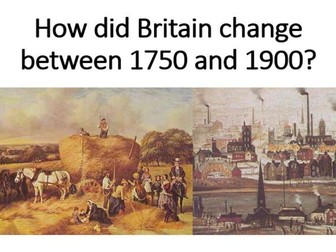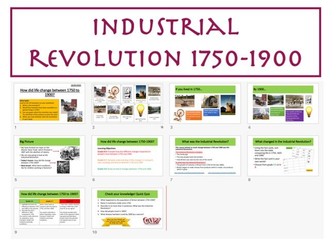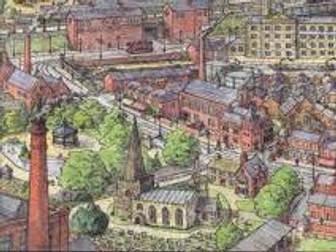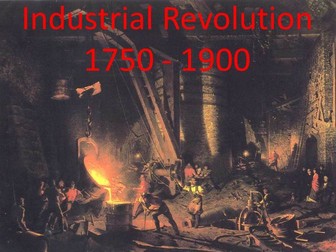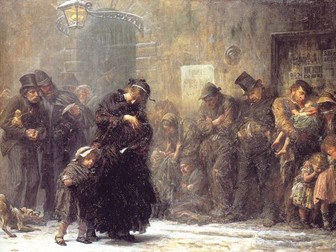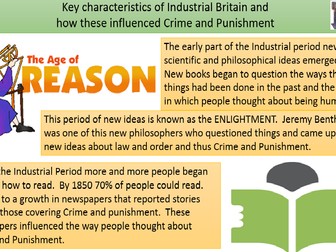Canals 1750 - 1900
<p>These outstanding resource has been designed to put some of the fun back in to the teaching of the industrial revolution by looking at why and how canals were built from 1750 - 1900. They are based upon some classic interactive resources that have never failed to engage my students over 30 years. These have been updated and If you have previously purchased this lesson, it was updated in December 2023, so you should be able to download the free updates.</p>
<p>When you purchase this lesson you will be able to download 41 slide PowerPoint presentation and two accompanying worksheets that should take 2 lessons to complete. The PowerPoint includes aims, objectives, differentiated outcomes, information slides, historical sources, diagrams, templates, writing frames, quizzes, word searches and a wide range of differentiated tasks that mirror the information in the two work sheets. The PP also includes a section called extra resources that you can dip into if you wish. I have also unloaded everything in PDF as well.</p>
<p>Your students will love this resource, especially the boys. Treat yourself to a break. Download this resource and give yourself more time to spend with your family, whilst being confident in the knowledge that you will being delivering a ‘good’ to ‘outstanding’ lesson with your students that they will love and find interesting.</p>
<p>The aims and objectives are:</p>
<p>Theme: The Transport Revolution<br />
Know: Why were canals built during the Industrial Revolution?<br />
Understand: How did canal engineers overcome the problems of building a man made waterway without a current?<br />
Evaluate: What impact did canals have on the cost of moving goods?<br />
Skills: Numeracy, Cause & Consequence.</p>
<p>WILF: What Am I Looking For?<br />
Can You Describe: Why and how were canals built?<br />
Can You Explain: Why canals were built and how engineers overcame the shape of the land?<br />
Can You Analyse: Begin to come to a judgement on why Britain underwent a Transport Revolution 1750 – 1900.</p>
<p>If you like this resource then why not check out our other resources on similar topics in our TES shop. You can also follow ‘The History Academy’ on Twitter, Google Plus, YouTube and Facebook for the latest updates or even to get in touch and chat about how you have used this resource or to ask questions. We aim to produce cheap and affordable resources for the price of a good cup of coffee so that you can spend more time doing the things that you want. All our authors are paid the living wage so when you purchase our resources you are buying into our shared values of fair play and decency.</p>
<p>Anyway, have fun and stay in touch via social media for the latest updates. Don’t forget to check out our YouTube Channel with over 600 free videos: @historyacademy</p>
<p>Kind Regards</p>
<p>Roy</p>
